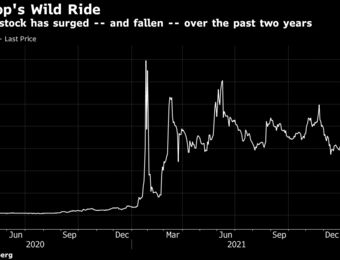how much energy does an nft use
NFTs have a fixed amount of energy, meaning that they can’t be destroyed or created out of thin air. But, like with pure cryptographically secure tokens (pCST) such as ETH and BTC, the amount of energy an NFT uses is determined by the number of users interacting with it.Some specific NFTs such as the MKR token will use a different amount based on their smart contracts. The first-generation of non-fungible tokens, or NFTs, are now becoming outdated because of their limited capacity.
The current generation of tokens utilizes a potential for increased capacity as well as improved security protocols. Higher capacities also reduce the amount of energy needed to implement them on the blockchain lessening environmental impact. On top of that, new designs can be made and prototyped much faster thanks to increased speeds in production time while maintaining their non-fungibility. So what is the next generation? They are just like regular NFTs except they have a "capacity cap" set by an external source rather than being defined by the token's code.
Non-fungible tokens are usually considered to be more expensive than ordinary ERC-20 tokens. Let's take a look at the average cost of an ERC-721 token on the Ethereum platform. If you're wondering if non-fungible cryptocurrencies use more energy than fungible coins, the answer is it depends.
Often, when people talk about energy usage of cryptocurrency mining they are referring to Proof of Work coins. Coins that require Proof of Work include Bitcoin and Ethereum. These coins require a lot of energy for miners to solve difficult calculations which in turn produce new blocks on the blockchain.
The problem with these types of currencies is that the more popular they become, the more power is needed as a result. The question of whether you should mine cryptocurrencies is one that has been on many people's minds as well as many mass media outlets.
With prices for bitcoin and other popular currencies reaching well into the four digits, it almost seems too good to be true that someone can just use a computer and collect these valuable assets for free. However, we're not here to talk about mining but instead about energy consumption for regular GPUs.
The answer is actually still unknown. However, some people have attempted to articulate the approximate associated energy cost of NFTs based on quantum guesses. For example, one of the most common assumptions for this calculation is that a 256-bit public key generates approximately 600 milliwatt hours per day in mining costs. This number translates into 2.2 gigajoules.
If this estimate is correct, then it would mean that 5 kWh per month are consumed for each NFT issued on Ethereum’s blockchain network if there are 500000 issued each month by exchanges and other intermediaries on average (roughly 0% saturation).







Comments
Post a Comment